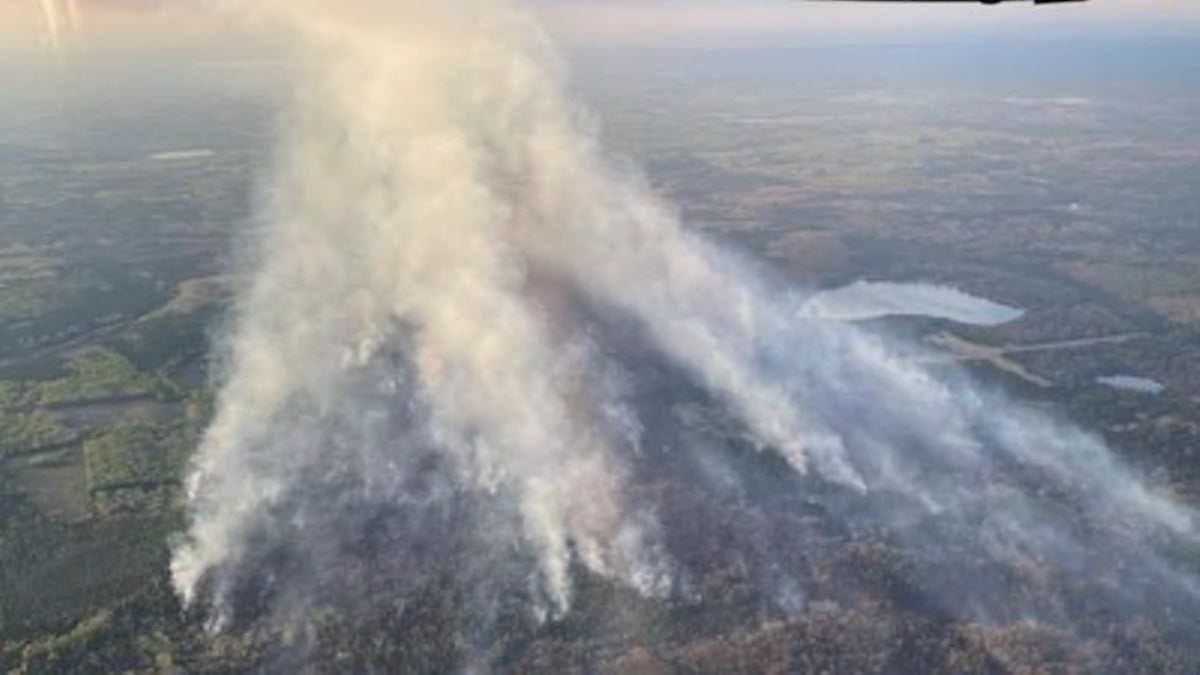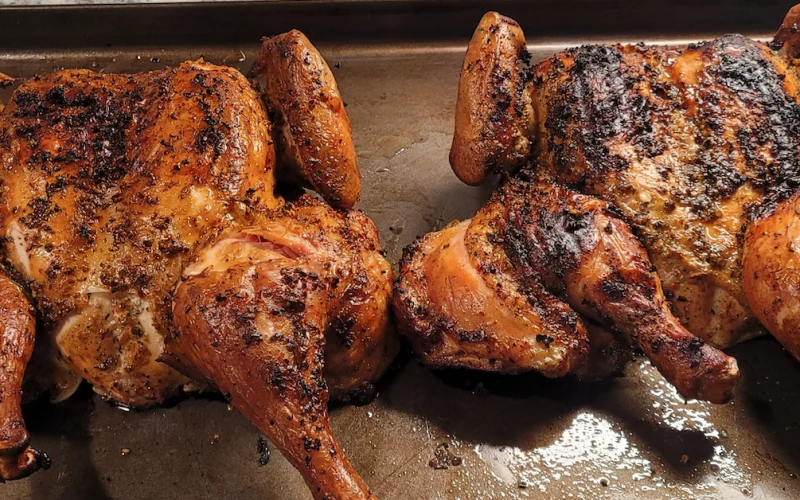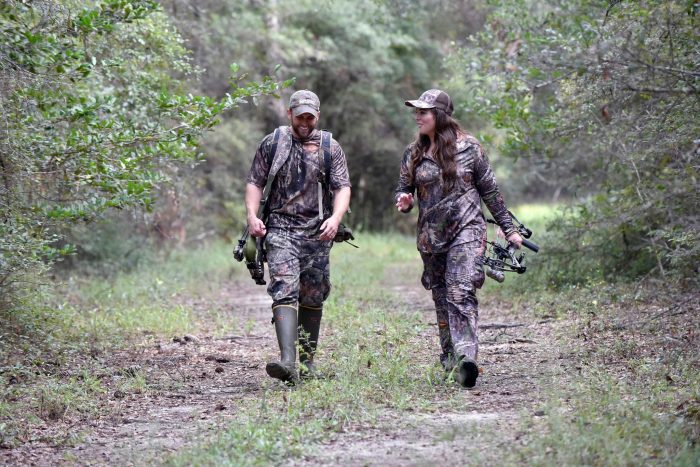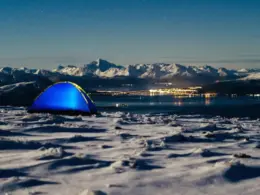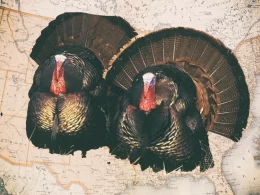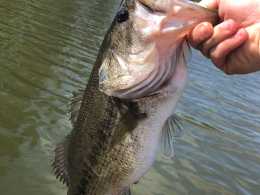Wildfire season has started early this year in Canada, with over 500 wildfires in Alberta alone this Spring. After the snow melts and the forest floor becomes exposed, the ground will slowly start to dry up and the fire season will begin. This year, however, British Columbia, Saskatchewan, and Alberta have seen astronomically higher amounts of raging fires. 1,800 square miles have already burned to the ground, ten times as much as usual for this time of year. These regions are in extreme drought and have been facing increasing temperatures every year, allowing for the perfect conditions for wildfires to occur.
Not only are these fires forcing tens of thousands of residents to evacuate their soon to be burnt homes, the smoke has affected much of Canada and many Northwestern states in the US. Although a wildfire can be stopped within days, the effects of the smoke can linger for much longer. I remember calling my partner in Colorado in mid May, and he was telling me how he couldn’t walk outside for more than thirty seconds without getting a sinus headache and wheezing lungs. Later that week I was talking to my mom in Minnesota on the phone and she was expressing how she felt bad taking our dog on a walk because of the heavy smoke in the area. These wildfires can wipe out entire communities, but they affect people thousands of miles away.
I have recently relocated to Northern California and although I’m grateful to be here in a lower fire year, these early season fires directly North of me in Canada are making me quite queasy. The heavy snowfall in the Sierra Nevada mountains of California will allow for a break for the fire crews out here, but they are inevitable regardless. The fire crews across the United States are also being sent to fight these fires in Canada. I guess one of the good things about these fires is that they are making a myriad of states and countries work together, as these fires affect us all. We must put our differences aside to face the life threats that are in front of us.
The area that I have moved to this past month is in the heart of where the Dixie Fire has gone through. As this was the third most devastating wildfire in US history, I’ve heard much about it over the past two years since it went through. It is hard to conceptualize the one billion acres burned in the Dixie Fire, until you see it right in front of your eyes. I was brought to tears driving through the valley into the town of my office, seeing the marks of the flames on the trees still so fresh, crumbling homes on each side of me, and miles beyond miles of burnt trees. I will say that the forest floor was neon green with yellow and orange wildflowers everywhere, a beautiful sight to see. I can already see the revegetation around me booming, which is the blessing of a wildfire.
I have begun working for the Sierra Institute for Community and Environment, who is doing amazing work in relation to the Dixie Fire. They are an environmental nonprofit who originally was founded to bring a sustainable timber industry back into small rural forested communities. Since the Dixie Fire, where much of these lands and towns have been affected, they have shifted their focus. While the fire was still raging its way through Northern California, they stepped in to start clearing some of the trees. Standing burnt trees are an extreme fire hazard, and would allow for very fast spread if another fire were to go through the area. The wood from a fire is very valuable for the following three years, so the Sierra Institute knew that they had to go in fast. They quickly made a small mill site so they could process their collected timber. The best part is that they teamed up with a local mom and pop logging company to build and operate the sawmill, once again, bringing more money right back into the communities affected.
With this freshly harvested wood, they were dedicated to finding various ways to utilize the timber to rebuild homes and businesses in the towns that Dixie wiped out. Their main focus here was to find innovative ways to make this wood fire resistant. Their most successful technique is Cross Laminated Timber (CLT): removing small diameter trees from nearby forests (which also happen to be a fire hazard), laminating these pieces of wood, and combining them to form
multi-layered panels. The concept is that if an entire house was built with this wood and another fire were to come through, the wood would create a robust and strong structure. The lamination would stop a fire from burning through the wood, and having multiple layers would make it so even if the inside and outside of the homes were to burn, the building would still hold its structure. Additionally, the construction crews that are building these homes are directly from the communities affected, which is much better than going for a big corporation from the Bay Area. What a concept it is to use the wood burned from the fire that tore down your house to rebuild your house. Talk about coming full circle.
The wood that is used in the Cross Laminated Timber process is from both burnt wood and small diameter trees. The smaller trees that are used for CLT are lower in value, but when they are layered together, they produce a high value piece of timber. There has been such an intense drive for fire suppression, driven by humans, that these forests are much more dense than they naturally should be. Through suppressing fires, we will later see more raging fires that take out much more land, such as the Dixie Fire. By removing underbrush and smaller trees, we are promoting better fire mitigation than simple suppression. Wildfires naturally are beneficial for the forest, but not when we don’t know how to do proper mitigation.
One of their other wood utilization techniques is storing wood chips, once again, from the Dixie Fire. The wood chips are used in a biomass boiler, which provides heat and energy to the Plumas County Health and Human Services building in the Indian Valley of California. The utilization of these wood chips also helps to reduce the amount of burn piles, later to be burned in prescribed burns, which will ultimately help the overall air quality of the Indian Valley. The leftover wood from the sawmill gets turned into firewood, sold to residents who rely on wood stoves to heat their homes, which are nearly all of the residents.
I came down to Northern California to work on a Wilderness Trail Crew, I was completely unaware of all the other work that my company does for wood utilization and forestry. I have become encompassed by their other work and had no idea all of this was possible. The more
that we can bring attention to this type of innovation, the more money we can bring into these devastated communities, and the faster we can rebuild in a sustainable fashion.
The wildfires in Canada this past month have had a raging affect on the communities. Each year it seems like the fire season starts earlier and earlier, so we need to work and think fast about how to combat this. It goes beyond just stopping a fire, what can we do months and years after a fire has gone through? I feel honored to work with such a great company, and I feel even more honored that I get to share their great work with the public who are unaware of this innovation.
Much of the news related to climate change is devastating and depressing. It’s hard to find hope amongst the growing dreadful news, so focusing on the marvelous work of these passionate and creative individuals is helping me get through the news. It’s important to grieve and take the time to feel the effects of these fires, but also important to focus on how we can rebuild our homes and economies. Fire season is only going to get worse as the summer picks up, and it’s only going to get worse as the years go on. Sierra Institute can be a leading example of how to focus on new conservation techniques, but this is only the start. I’m looking forward to seeing more companies emerge like this one, and I’m excited to see these rural communities begin to rebuild again.
The bright forest floor underneath the standing burnt trees that were damaged in the Dixie Fire brings me hope for the reforestation already beginning. The bright wildflowers can be a spot of light and hope for us all after the intense devastation of these fires.

